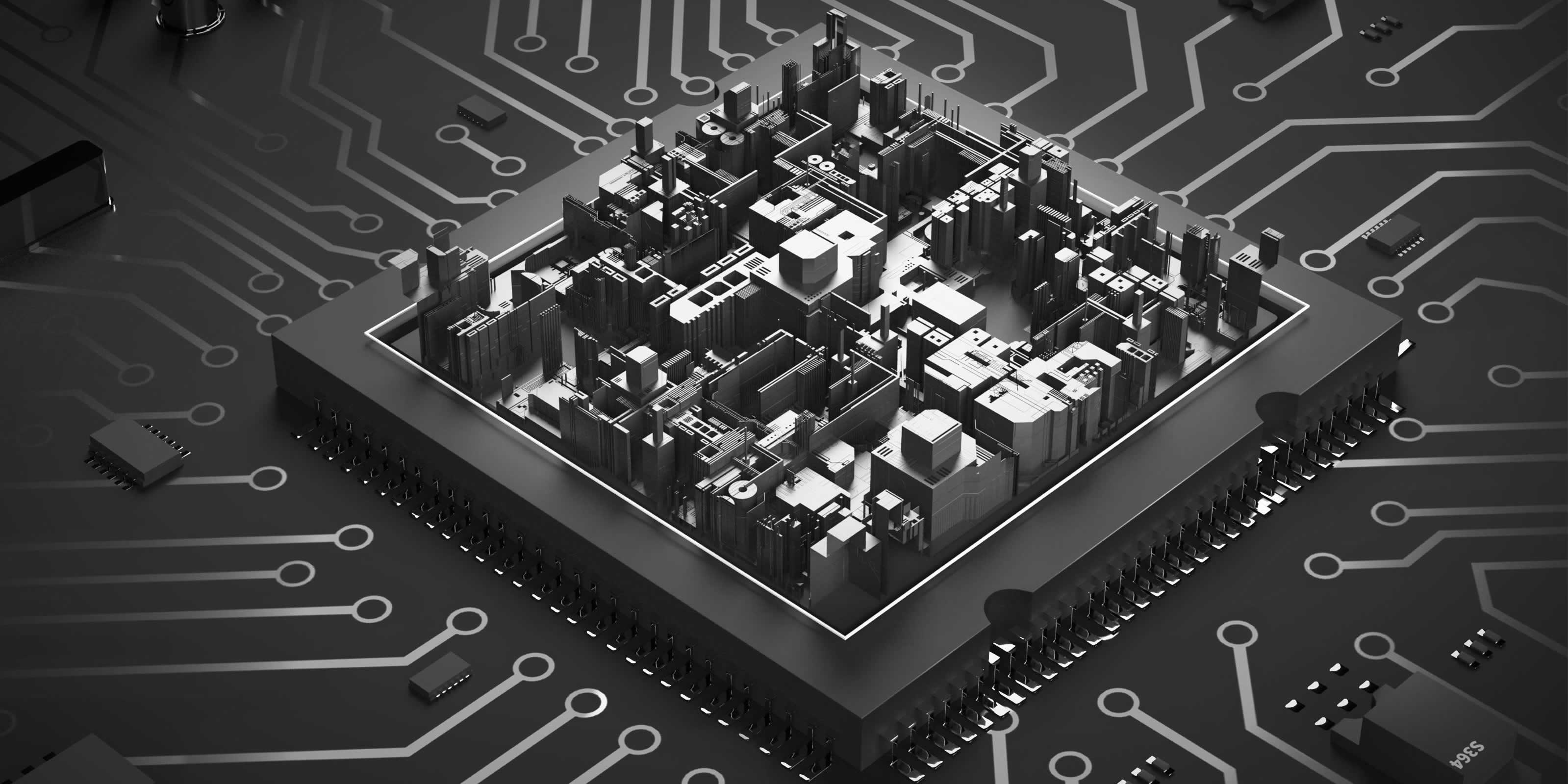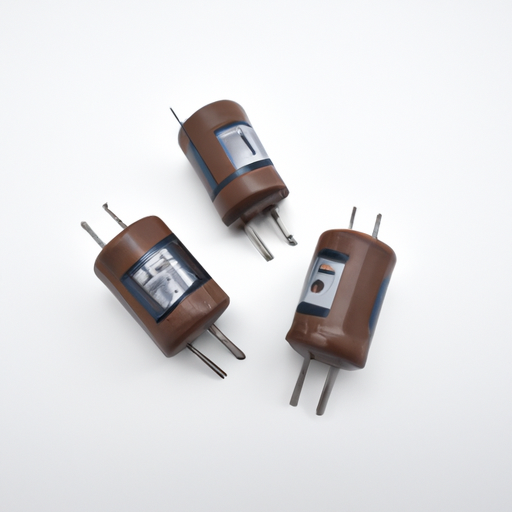CORE_COMPETENCE
Product_Leaders
index_more
index_more_content
info_item01
info_item_content01
info_item02
info_item_content02
info_item03
info_item_content03
info_item04
info_item_content04
NEWS
NEWS
CFR-50JB-52-1M1 Film Capacitors highlighting the core functional technology articles and application development cases of Film Capacitors that are effective.
Core Functional Technologies of Film Capacitors1. Dielectric Material: Film capacitors utilize thin plastic films as the dielectric material, which can be made from various polymers such as polyester (PET), polypropylene (PP), and polycarbonate (PC). These materials provide high insulation resistance and low dielectric losses, ensuring efficient energy storage and minimal energy dissipation.
2. Low ESR and ESL: Film capacitors typically exhibit low equivalent series resistance (ESR) and equivalent series inductance (ESL), making them suitable for high-frequency applications. This characteristic allows for efficient energy storage and discharge, which is critical in applications like RF circuits and power electronics. 3. Temperature Stability: Film capacitors maintain stable capacitance values over a wide temperature range, making them ideal for applications in harsh environments. They are less affected by temperature variations compared to electrolytic capacitors, ensuring consistent performance in diverse conditions.
4. High Voltage Ratings: Many film capacitors can handle high voltage applications, which is essential in power electronics and industrial applications. The CFR-50JB-52-1M1, for example, is designed to operate effectively at high voltages, making it suitable for demanding applications.
5. Long Lifespan: Film capacitors have a long operational life due to their robust construction and resistance to aging. This longevity reduces the need for frequent replacements, making them cost-effective in the long run and ideal for applications where reliability is paramount.
6. Self-Healing Properties: In the event of a dielectric breakdown, film capacitors can self-heal, meaning that the capacitor can continue to function without significant degradation in performance. This feature enhances their reliability and safety in critical applications.
Application Development Cases1. Power Electronics: Film capacitors are extensively used in power supply circuits, inverters, and converters. Their ability to handle high voltages and currents makes them suitable for applications in renewable energy systems, such as solar inverters and wind turbine controllers. For instance, the CFR-50JB-52-1M1 can be employed in a solar inverter to ensure efficient energy conversion and storage.
2. Audio Equipment: In high-fidelity audio applications, film capacitors are preferred for coupling and bypassing due to their low distortion and high-frequency response. They help maintain audio quality by minimizing signal loss and noise, making them essential in high-end audio amplifiers and speakers.
3. Motor Drives: In industrial motor drive applications, film capacitors are used for DC link applications, where they smooth out voltage fluctuations and provide energy storage. Their high ripple current handling capability is crucial for the reliability of motor control systems, ensuring efficient operation in electric vehicles and industrial machinery.
4. Telecommunications: Film capacitors are used in RF applications, including filters and oscillators, due to their low loss characteristics at high frequencies. They help improve signal integrity and reduce interference in communication systems, which is vital for maintaining high-quality data transmission in modern telecommunication networks.
5. Consumer Electronics: In devices such as televisions, computers, and smartphones, film capacitors are used for decoupling and filtering applications. Their compact size and reliability make them suitable for modern electronic designs, contributing to the overall performance and efficiency of consumer devices.
6. Lighting Applications: In LED drivers and lighting control systems, film capacitors are used to improve power factor and reduce electromagnetic interference (EMI). Their stability and efficiency contribute to the overall performance of lighting solutions, enhancing energy savings and extending the lifespan of lighting systems.
ConclusionFilm capacitors, including the CFR-50JB-52-1M1, play a crucial role in various electronic applications due to their unique properties and advantages. Their versatility, reliability, and performance make them an essential component in modern electronic designs across multiple industries. As technology continues to evolve, the demand for high-performance film capacitors is expected to grow, driving further innovation and application development. The ongoing advancements in materials and manufacturing processes will likely enhance the capabilities of film capacitors, making them even more integral to future electronic systems.
2025-04-29
0
application development in Electric Double Layer Capacitors (EDLC), Supercapacitors for CFR-25JB-52-1K1: key technologies and success stories
Application Development in Electric Double Layer Capacitors (EDLCs) and Supercapacitors: Key Technologies and Success StoriesElectric Double Layer Capacitors (EDLCs), commonly referred to as supercapacitors, are pivotal in modern energy storage solutions. They offer a unique combination of high power density, rapid charge/discharge capabilities, and long cycle life, making them suitable for a variety of applications. The CFR-25JB-52-1K1 component, while typically a resistor or capacitor, can be integral in circuits that utilize supercapacitors for energy management. Below, we explore key technologies and notable success stories in the application development of EDLCs and supercapacitors.
Key Technologies in EDLCs and Supercapacitors1. Electrode Materials2. Electrolytes3. Hybrid Systems4. Nanostructuring5. Energy Management Systems1. Electric Vehicles (EVs)2. Renewable Energy Systems3. Consumer Electronics4. Industrial Applications5. Smart Grids6. Medical Devices Success Stories in Application Development ConclusionThe field of Electric Double Layer Capacitors and supercapacitors is rapidly advancing, with significant innovations in materials, design, and applications. Their integration across various sectors—from automotive to renewable energy—demonstrates their versatility and potential to enhance energy storage solutions. As research progresses and new materials and technologies emerge, the applications for supercapacitors are expected to expand, leading to innovative solutions in energy management and storage. The CFR-25JB-52-1K1 component, while specific, exemplifies the importance of integrating various electronic components to optimize the performance of supercapacitor systems in diverse applications.
2025-04-28
1
CFR-50JB-52-1K1 Ceramic Capacitors highlighting the core functional technology articles and application development cases of Ceramic Capacitors that are effective.
Overview of CFR-50JB-52-1K1 Ceramic CapacitorsCeramic capacitors, such as the CFR-50JB-52-1K1, are integral components in modern electronic systems, known for their reliability, stability, and versatility. This document highlights the core functional technologies and application development cases that underscore the effectiveness of ceramic capacitors in various fields.
Core Functional Technologies1. Dielectric Properties2. High Voltage Ratings3. Miniaturization4. Low ESR and ESL5. Temperature Stability1. Power Supply Decoupling2. RF and Communication Systems3. Automotive Electronics4. Consumer Electronics5. Industrial Automation6. Medical Devices Application Development Cases ConclusionCeramic capacitors, including the CFR-50JB-52-1K1, are essential components in contemporary electronics, offering unique properties that cater to a wide array of applications. Their effectiveness across various industries—from consumer electronics to automotive and medical devices—demonstrates their critical role in meeting the demands of modern technology. As electronic devices continue to evolve, the significance of ceramic capacitors will only grow, driving further innovation in their design and application.
2025-04-27
0

























